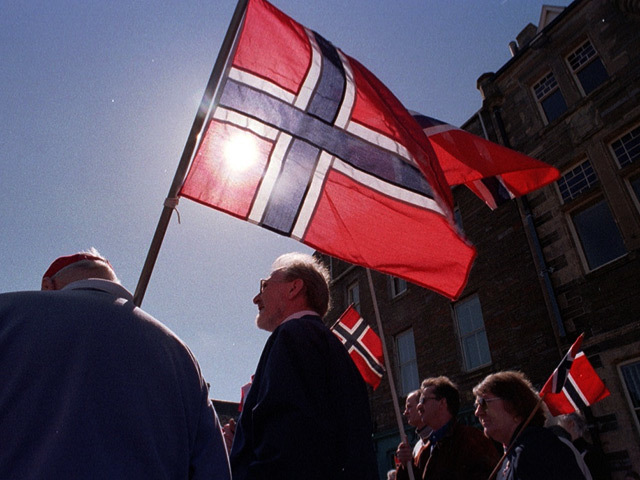
Norway will focus on infrastructure spending, tax cuts and education to promote growth in Scandinavia’s richest nation, the coalition government said as it prepares its first budget.
“Even as the economy’s grown and unemployment remains low, there are imbalances in the Norwegian economy, especially regarding competitiveness,” Prime Minister Erna Solberg told reporters in Hurdal, where the government is starting talks about its spending plans.
“Growth will probably be somewhat lower than over the last years. But employment is still expected to rise and unemployment to remain at a low level.”
Norway’s central bank kept its benchmark rate at 1.5 percent in December and delayed tightening plans until the “summer” of 2015, a year later than previously signaled, amid signs the housing market was deflating.
The economy of western Europe’s largest oil exporter has struggled to expand, weighed down by record consumer debt and a slump in house prices.
“It’s important that we shift spending more toward investing in growth-promoting tax cuts, infrastructure, research, education and so on,” Finance Minister Siv Jensen said.
“There’s still a good outlook for the Norwegian economy, but ever since we took power we’ve identified challenges, namely the dark, more long-term cloud hanging over the economy.”
Unemployment is seen at 3.75 percent next year, with employment growth at 1 percent, Solberg said.
All indicators suggest the economy is in a situation that is “near normal,” Finance Minister Siv Jensen said.
Recommended for you
